PPT-Lesson 9 Pointers CS 1 Lesson 9 -- John Cole
Author : faustina-dinatale | Published Date : 2018-03-15
1 Pointers in Wonderland The name of the song is called Haddocks Eyes Oh thats the name of the song is it Alice said trying to feel interested No you dont understand
Presentation Embed Code
Download Presentation
Download Presentation The PPT/PDF document "Lesson 9 Pointers CS 1 Lesson 9 -- John ..." is the property of its rightful owner. Permission is granted to download and print the materials on this website for personal, non-commercial use only, and to display it on your personal computer provided you do not modify the materials and that you retain all copyright notices contained in the materials. By downloading content from our website, you accept the terms of this agreement.
Lesson 9 Pointers CS 1 Lesson 9 -- John Cole: Transcript
Download Rules Of Document
"Lesson 9 Pointers CS 1 Lesson 9 -- John Cole"The content belongs to its owner. You may download and print it for personal use, without modification, and keep all copyright notices. By downloading, you agree to these terms.
Related Documents

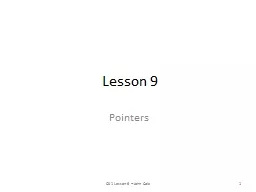


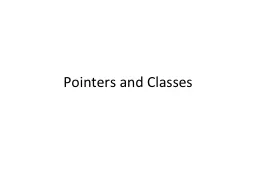

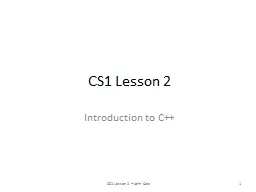

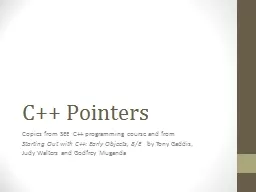

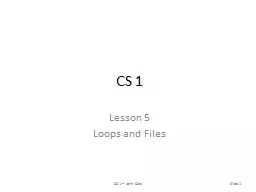
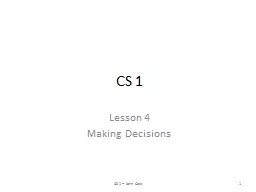
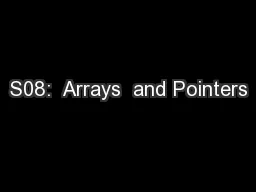
![[eBOOK]-Understanding Pointers in C & C++: Pointers in all its forms: Fully working Examples](https://thumbs.docslides.com/979185/ebook-understanding-pointers-in-c-c-pointers-in-all-its-forms-fully-working-examples-and-applications-of-pointers-english-edition.jpg)
![[PDF]-Understanding Pointers in C C++: Pointers in all its forms: Fully working Examples](https://thumbs.docslides.com/987844/pdf-understanding-pointers-in-c-c-pointers-in-all-its-forms-fully-working-examples-and-applications-of-pointers-english-edition.jpg)